Parry sits at the center of 2XKO’s risk‑reward system. It’s a proactive defensive action that challenges an incoming attack and hands you the turn if your read is right. In the current build, it lives alongside more traditional options like blocking, pushblock, retreating guard, dashing, and jumping—but recent balance changes raise parry’s stock while trimming back the power of several alternatives. If you’re learning when to press parry and how to convert after it, this guide lays out what changed and how to capitalize.
2XKO parry basics
Parry is a defensive check: time it against an opponent’s strike and you’ll blunt their offense and open a punish window. The game distinguishes between a generic “successful parry” and a “low parry,” and each now has different combo scaling outcomes (more on that below). You don’t need to memorize frame data to start; think of parry as a callout against predictable meaty buttons, telegraphed pressure resets, or staggered strings with visible rhythm.
Two quality-of-life updates make practicing and using parry easier. First, the input system now prioritizes utility actions properly when you’re hitting the opponent: if you land an attack and then hit parry or dash, the game won’t accidentally give you another normal instead. Second, core defensive tools around parry have been tuned, shifting the meta toward active reads rather than passive escapes.
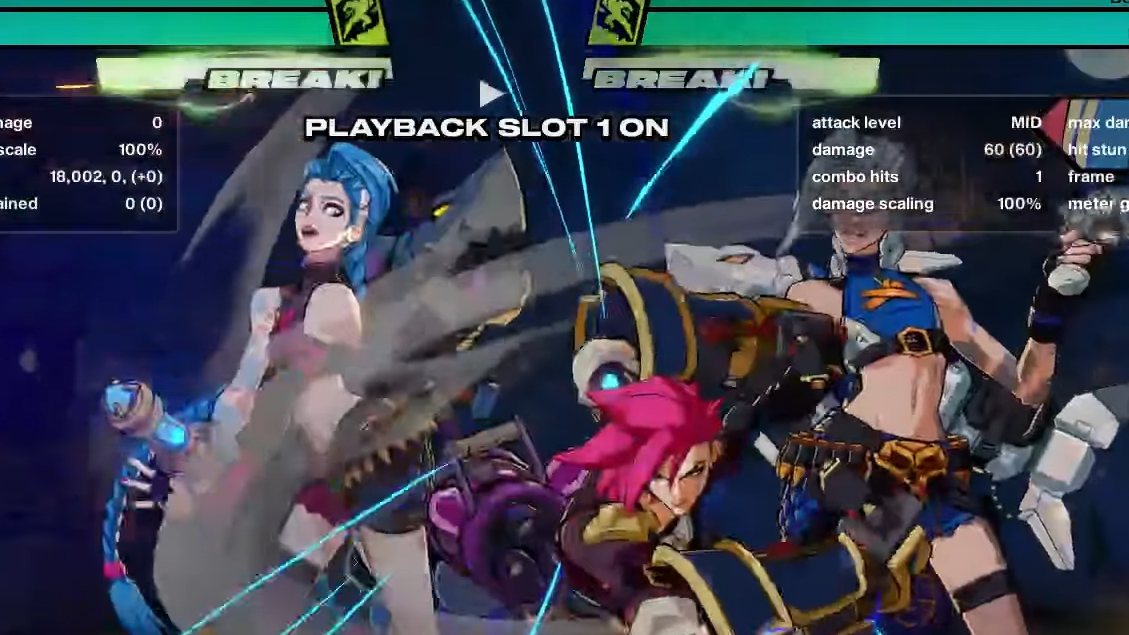
Parry rewards and damage scaling
The biggest parry news is about what happens next. Combo damage in 2XKO is governed by scaling; the first hits of a punish determine how hard the rest of the combo will land. The game now explicitly improves that payoff when you parry correctly.
| Event | Immediate effect on next hit |
|---|---|
| Successful parry | Damage scaling on the next hit is reduced slightly, so your confirm deals a bit more damage than before. |
| Low parry | No damage scaling is applied to the next hit, removing a penalty that previously dampened follow‑ups. |
In practical terms: don’t overcomplicate your punish. After a parry, choose a reliable starter that always connects from that spacing, and route into a stable combo. Because the game also boosted overall Super damage and lowered proration on common starters, parry confirms hit notably harder this season.

Parry vs. other defensive options
The broader defensive landscape matters because it decides how often you should bet on parry versus “holding” pressure or attempting to disengage. Several changes nudge you toward active callouts:
- Pushblock pushes the attacker back less and now has a longer cooldown.
- Retreating Guard covers less ground, and backdashing and jump blocking are slightly weaker overall.
- Crossup protection has been trimmed (from three frames to one), so ambiguous left‑right offense is stronger and late defensive options are riskier.
- All Assist champion attacks are mid, which simplifies some high/low guesswork during duo pressure—your point character read becomes the key.
- Counter hits now grant meter, a damage boost, and additive hitstun. If your post‑parry punish begins as a counter hit, expect more reward than before.
Taken together, escaping pressure without a hard read is less forgiving. Parry fills that gap: if you identify the gap or pattern, you flip turns ,nd your next hit is primed to hurt.
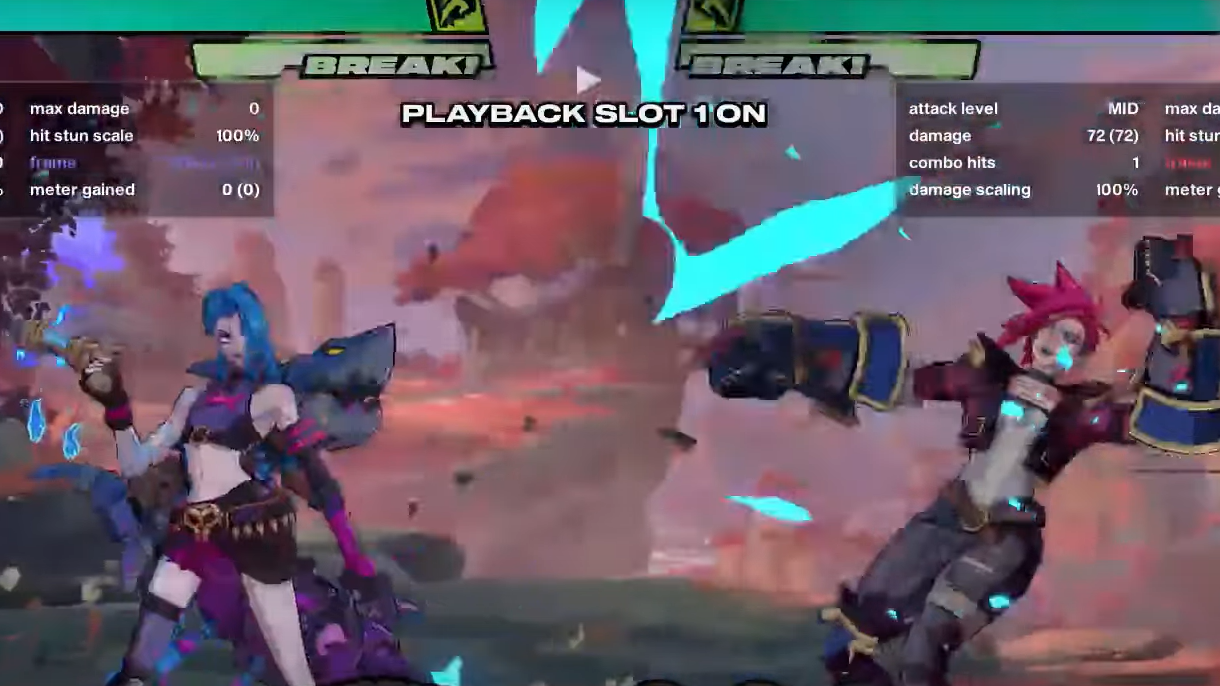
Meter, fuses, and parry payoff
Parry’s value scales with meter economy and fuse choice. Rounds now start with one bar of Super meter for every team, and Juggernaut or Sidekick teams start with two. Break meter starts at 75%. With Super damage increased across the board and proration eased on typical starters, even a simple post‑parry confirm into Super can swing life totals early in the round.
- Starting meter: You can threaten parry into Super from the opening bell, especially with Juggernaut or Sidekick.
- Fury Break: this powered‑up state lasts longer and boosts chip from normals and specials, ground speed, and defense. If you parry while your team is in Fury Break, your conversions and chip threats become even scarier.
- Juggernaut specifics: pushblock now costs Break meter and pushes both champions. Use that knowledge to predict when opponents will try to re‑engage after Juggernaut pushblock—then time a parry to catch the re‑button.
Because matches are faster—via higher Super damage, lower gray health generation, and multiple defensive nerfs—the return on a single correct parry has gone up. That doesn’t make it riskless; it means the game rewards the read with meaningful momentum.
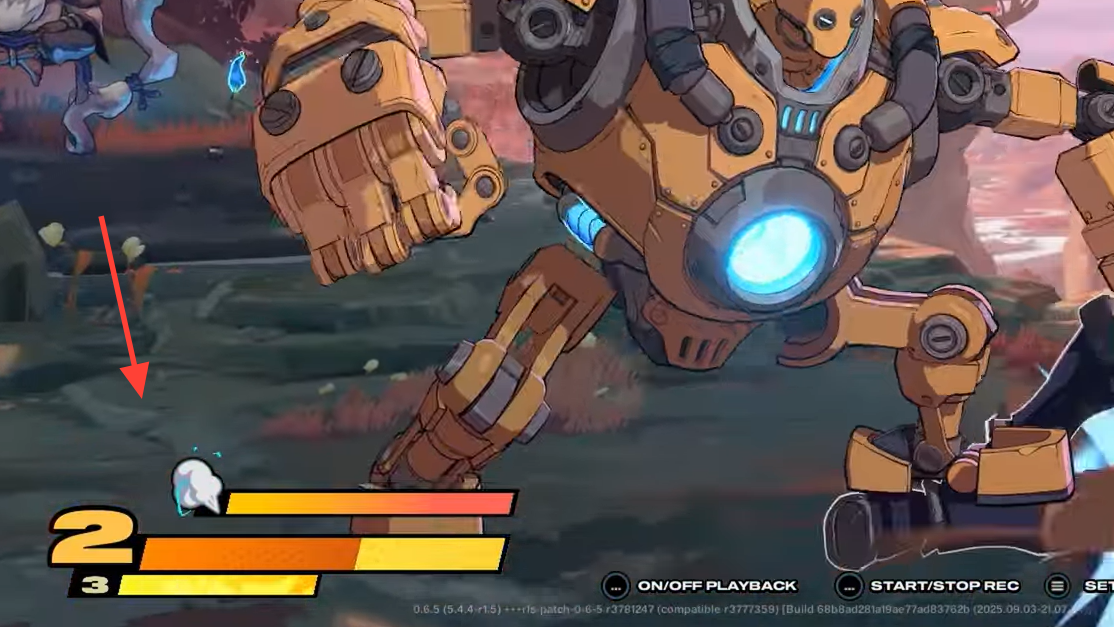
When to parry in neutral and pressure
You don’t need to chase perfect reactions. Treat parry as a timed prediction layered onto common scenarios:
- Round start: with meter on the table, many players test space with long buttons or safe specials. If you’ve scouted an opponent who opens the same way, parry that first swing and spend meter immediately.
- Stagger pressure: during blockstrings with obvious hesitations, look for the repeated reset button and challenge it with parry instead of pushblock. The new pushblock cooldown makes this read more rewarding.
- Tag pressure: because Assists are always mid, your high/low parry priority can focus on the point character. If their assist call masks a predictable re‑dash or medium, time parry for the point button, not the assist.
- Anti‑air layers: with reduced crossup protection, jump‑ins are trickier to guard late. If you have the read on a deep button rather than a true empty‑jump throw, a grounded parry can be a higher‑payoff check than a late block.
Mistimed parries still lose to patient offense and throw pressure, so vary your defense. Let the opponent see you block and use smaller challenges; that way, the parry comes as a surprise rather than a habit.

Simple, stable parry conversions
Don’t drop your punish because you’re hunting the stylish route. Build a small set of confirms that you can do on any character from a typical parry spacing:
- Close range: parry → fast jab/close light → target combo → Super.
- Mid range: parry → far medium that always reaches → cancel to safe special if you’re late, or confirm into Super on clean hit.
- Corner: parry → heavy starter → juggle route tuned for your champion’s minimum scaling.
Because low parry removes next‑hit scaling entirely, prioritize starters that previously suffered heavy proration. The net damage difference is most noticeable there.
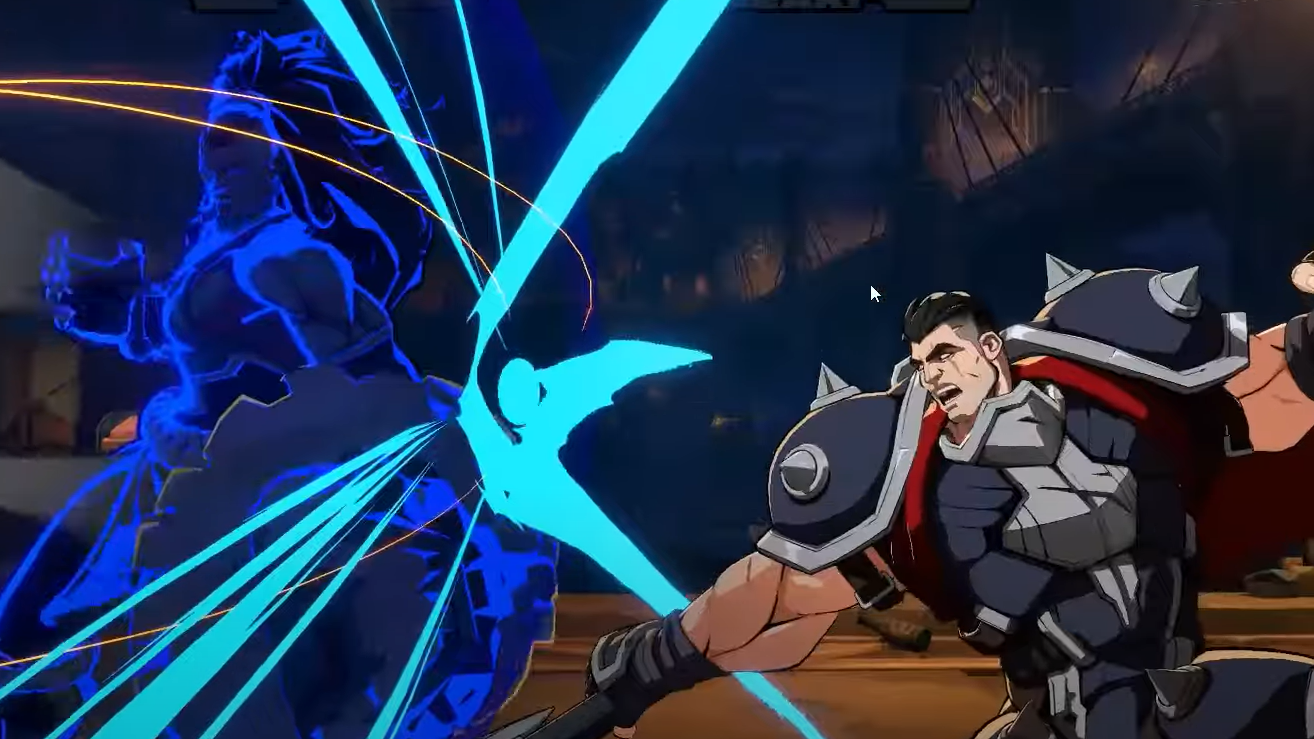
Where to practice parry (and review your reads)
Use the game’s built‑in tools to drill timing and review matches:
- Training Mode is accessible directly from any online lobby via the menu, including when you’re queued as a duo. That makes it easy to lab a punish between sets.
- Match Replays let you rewatch games from your profile’s match history. Scrub to key pressure sequences to check whether a parry timing was on the table.
- Tutorials include lessons on Fuses like Double Down, Juggernaut, Sidekick, 2X Assist, and Freestyle. Understanding how these change meter and pressure helps you place smarter parry bets.
If you’re experiencing peripherals that constantly input directions, consult the official support site for workarounds. Input cleaning was improved this cycle, but hardware quirks can still affect timing.

Key balance notes that shape parry this season
| System or tool | Change | Impact on parry decisions |
|---|---|---|
| Super meter | Resets between rounds; teams start with 1 bar (2 with Juggernaut or Sidekick). | Early round parry → Super confirms are immediately live. |
| Break meter | Starts at 75%; bonuses adjusted during long combos and cinematics. | Faster pace raises reward for a single correct parry read. |
| Successful parry | Next hit takes slightly less damage scaling. | Optimizes simple, consistent punish routes. |
| Low parry | No scaling applied to the next hit. | Previously weak starters gain real bite after low parry. |
| Pushblock | Longer cooldown; less pushback distance. | Fewer “free resets” make parry callouts more valuable. |
| Retreating Guard, backdash, jump block | Slightly weaker or shorter travel. | Less passive escape, more incentive to challenge with parry. |
| Assists | All assist attacks are mid. | Simplifies high/low defense, clarifies when to low parry. |
| Counter hit | Grants meter, damage boost, additive hitstun. | Parry → counter‑hit punish routes are stronger. |
Play (or update) to try these changes
If you haven’t jumped in yet or need the current build, download the PC client from the official page. You can install or update from the Riot Client and test parry in Training before taking it online.
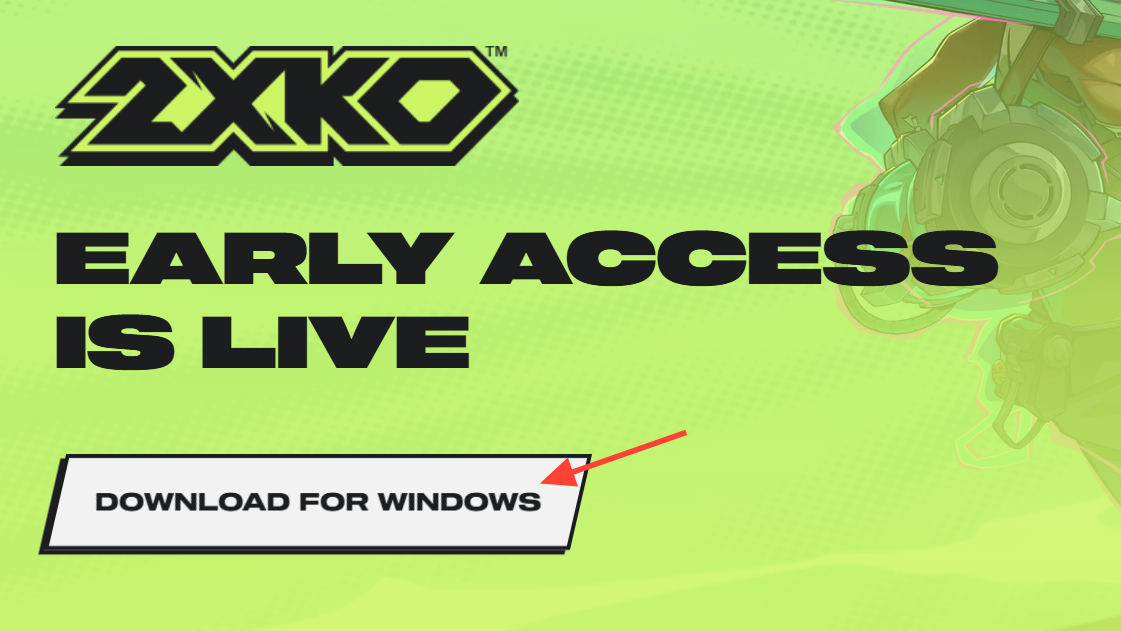
With damage scaling tweaks that favor a correct read and a suite of defensive nerfs that curb easy escapes, parry is now a sharper tool for stealing turns and closing rounds. Build two or three no‑drop confirms, lab the timings you see most in your matches, and let the threat of parry reshape how your opponents pressure you.


